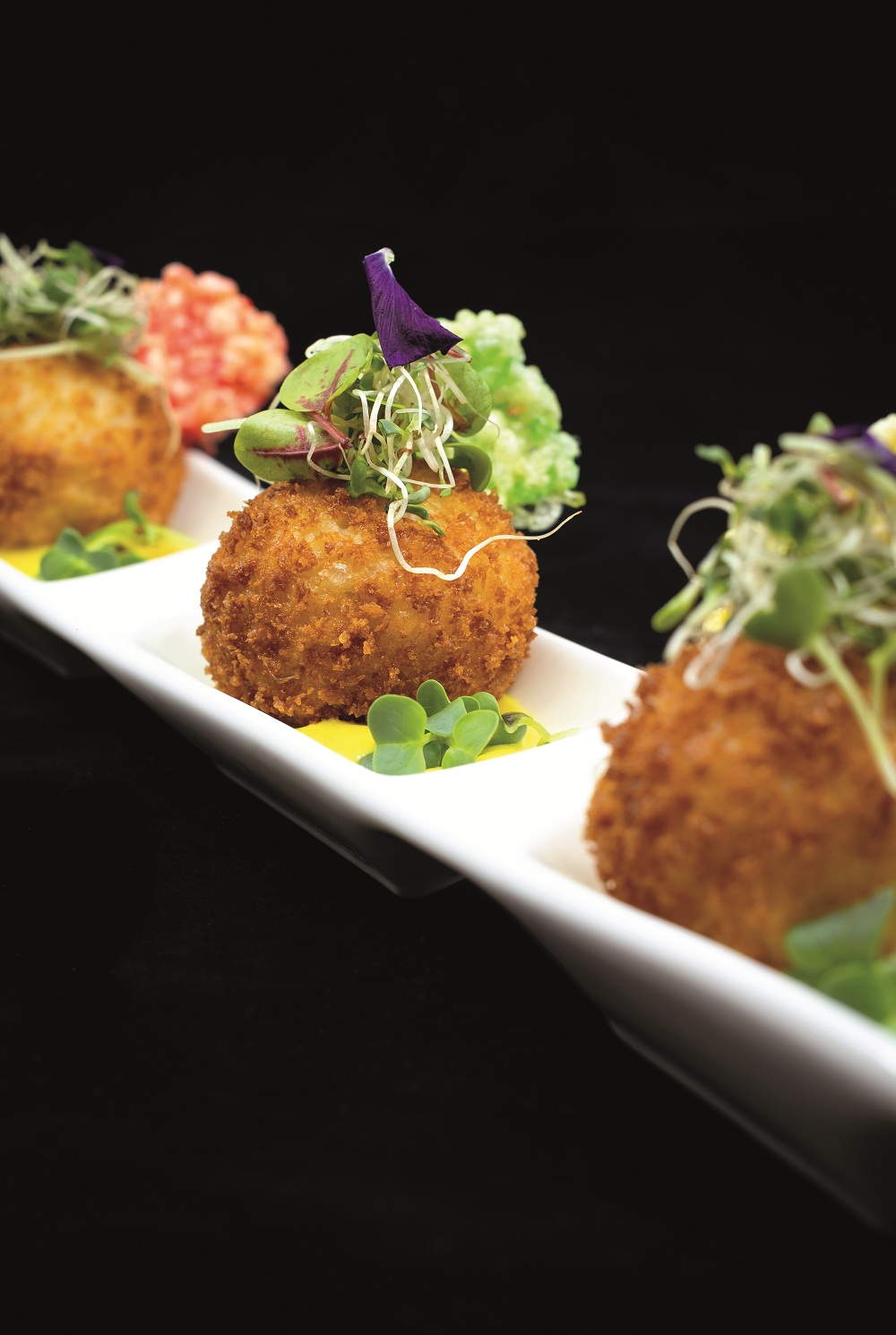Permata Singapore’s new culinary director, chef Mel Dean, reveals his inspiration behind progressive Nusantara cuisine and why each dish is more than an homage to the region’s ethnic and cultural diversity.
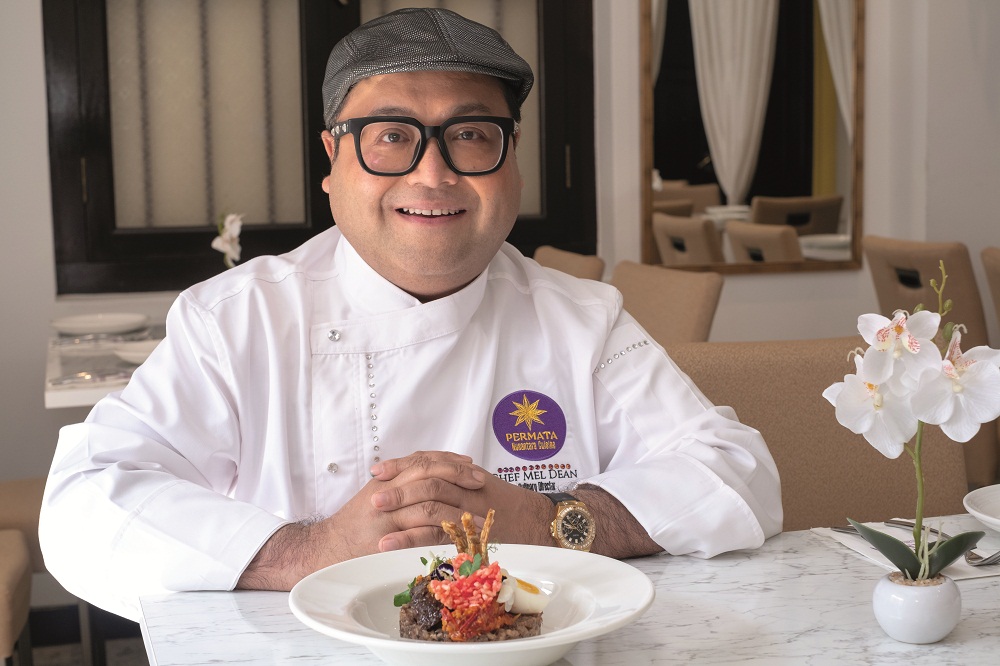
He may be a familiar face in Singapore’s culinary scene and a prominent advocate of halal products and services for the last 29 years, but chef Mel Dean has lost none of his enthusiasm for cooking, creating new dishes and reinventing old ones. In fact, as the new culinary director of Permata Singapore, he has made it his mission to elevate Nusantara cuisine.
Nusantara is an old Javanese term that generally means “archipelago”. The cuisine, Dean explains, comprises Malay, Indonesian, Peranakan, Singaporean, Bruneian, Southern Thai and Filipino cuisines as these islands were all part of the Nusantara archipelago.
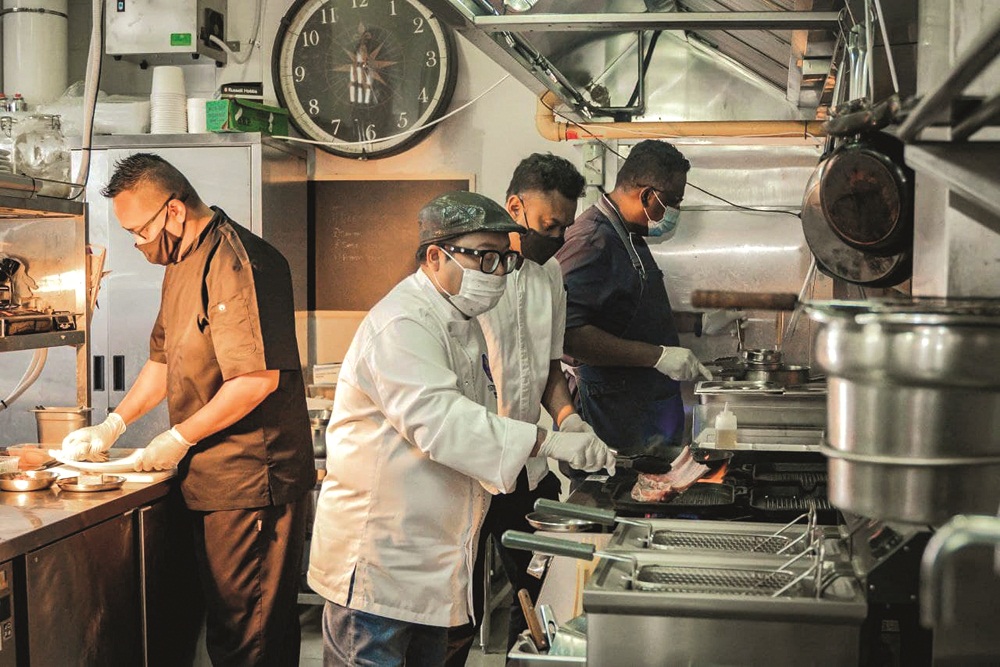
The 55-year-old chef says he never had the opportunity to work with the right restaurant that would do justice to this heritage cuisine – until now. Under his direction, the progressive new menu showcases the vibrant diversity and ethnic flavours of the region while highlighting classic recipes in a modern way.
It’s a culmination of a journey that began early in his life. “As the only child of working parents, I had to make my own meals and my kitchen was my food science laboratory. I experimented with ingredients, spices and herbs,” Dean says. By the age of 10, he would accompany his late grandmother and father grocery shopping, assisting and observing the mise en place and cooking techniques. “They used to run a food business and had amazing cooking skills,” he recalls.
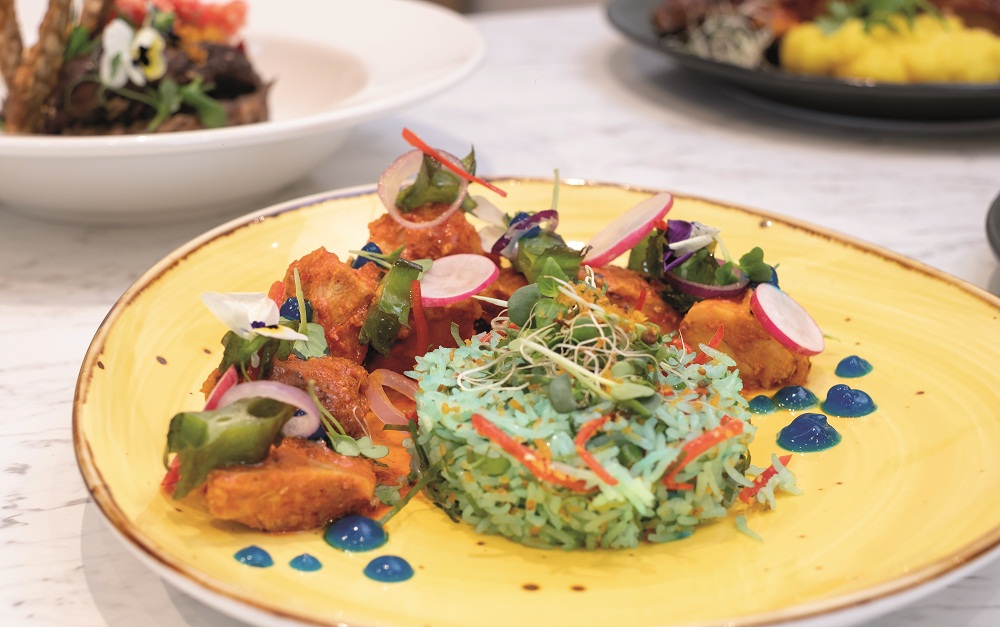
At 16, he cooked for 40 guests at a birthday party. “When I saw the facial expressions of the guests going ‘wah so sedap’ (meaning delicious in Malay), then reaching out for second helpings, I knew that was my calling as my cooking made people happy.”
After taking up various private cooking workshops in Singapore and overseas, he began cooking professionally. In 1993, he ran a café and catering business focussing on fusion food before specialising in halal international cuisines in 2000.
Here, Dean shares more about the dishes, his creative process, and his thoughts on helming a restaurant located in the historic Gedung Kuning (Yellow Mansion).
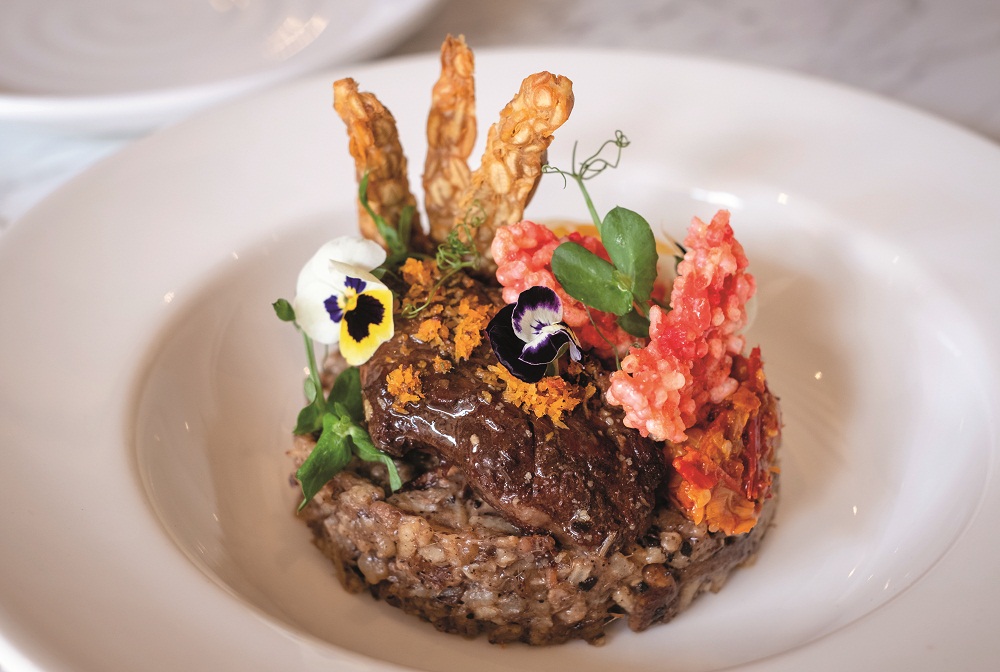
In what way is Permata’s Nusantara cuisine “progressive”?
Progressive Nusantara cuisine is where we retain authentic flavours of the dishes but use better quality cuts of meat, premium ingredients and creative presentation to enhance the dining experience for our guests. For example, our Nusantara Ceviche is actually Umai, a dish from Sarawak. What we have done differently is to plate it in a martini glass, add a savoury blue pea gel and orange ginger gel, then toss it with a ginger flower lime dressing while retaining the traditional flavours.
What’s your creative process like when creating the menu?
Being in Kampong Gelam, we are surrounded by popular traditional Malay and Nasi Padang restaurants, hence we did not want to compete but complement each other. Taking into consideration the various regions of Nusantara, I decided to include dishes not easily found in Singapore such as Ikan Sambuko from Timor Leste, Ayam Palumera from North Sulawesi, Filet Mignon Lomak Cili Api from North Negeri Sembilan. Some dishes like Rawon Risotto and Botok Botok Halibut are classics reinterpreted.
Where do you get your inspiration from to recreate them in such a way?
Nasi Rawon is a dish close to my heart as I love to have it for breakfast. I discovered during one of my experiments that by just using risotto, I am able to retain the flavours while elevating the presentation of Nasi Rawon fit for Permata. Botok Botok Halibut was an idea from my wife as she wanted to have Botok Botok which is typically made with mackerel that has bones, making it inconvenient to enjoy. So I experimented with a halibut and viola, it worked!
What are some of your favourite dishes?
Three of my favourites are Nasi Ulam Cakerawala (Ulam Rice Balls), Filet Mignon Lomak Cili Api and Cek Mek Molek (Mashed and Fried Sweet Potato Fritters). Nasi Ulam Cakerawal is inspired by my late grandmother who would pound sambal bajak (a fiery Indonesian-style red chilli sauce) with a mortar and pestle, scoop some hot rice mixed with fresh herbs and salted fish, and feed me. I am honoured to have recreated this dish in her memory.
Filet Mignon Lomak Cili Api is a dish usually presented in a traditional manner but I have elevated it with 22K gold flakes, filet mignon, potato scallop and stir-fried asparagus. Cek Mek Molek is a tribute to my hometown, my roots in Kelantan. During every visit to Kelantan or Kuala Lumpur, I will order a bag of their famous Kuih Cek Mek Molek. I have been told that it is hardly sold at restaurants here.
.jpg)
What does cooking and presenting a menu like this in the historic mansion Gedung Kuning mean to you?
It is truly emotional and rewarding as back in 1993, I never thought that my dream could become a reality. I truly feel a sense of accomplishment and pride as I am able to do justice to my heritage and community. It is a blessed profession to serve people and satiate their gastronomical desires.
Some say that while there are many good halal food and restaurants in Singapore, there aren’t many who push the boundaries and go out of their comfort zone. What do you say to that?
It is understandable as the F&B industry is extremely challenging in Singapore and social media can be a double-edged sword, it does become daunting to push boundaries as you never know how people will react.
That said, my focus has always been to pay tribute to my cuisine, to revive lost dishes and to elevate underrated dishes. A lot of research and thought goes behind each dish as I respect the heritage and ingredients that I work with. There is so much more to Nusantara cuisine as every dish is steeped in history and we would like to share that with everyone.
